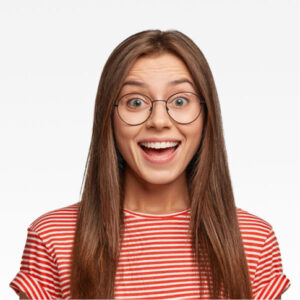
World Diabetes Day (WDD) was created in 1991 by International Diabetes Federation (IDF) and the World Health Organization in response to growing concerns about the escalating health threat posed by diabetes. It is marked every year on 14 November, the birthday of Sir Frederick Banting, who co-discovered insulin.
Objective-
The WDD 2019 has three main focus areas:
- Discover diabetes (Timely diagnosis for high risk groups).
- Prevent type 2 diabetes (Lifestyle modification).
- Manage diabetes (Lifestyle modification/medication).
As per 2017 data, China was leading with the highest number of diabetics worldwide. However, it is predicted that by the year 2045, India will overtake China in this regard.
By that year, India is projected to have around 134 million people with diabetes.
Diabetes is a chronic disease that occurs when the pancreas is no longer able to make insulin, or when the body cannot make good use of the insulin it produces.
Insulin is a hormone made by the pancreas, that acts like a key to let glucose from the food we eat pass from the blood stream into the cells in the body to produce energy. All carbohydrate foods are broken down into glucose in the blood. Insulin helps glucose enter the cells.
Not being able to produce insulin or use it effectively (high body fat percent) leads to raised glucose levels in the blood (known as hyperglycaemia). Over the long-term high glucose levels are associated with damage to the body and failure of various organs and tissues.
Risk factors for type 2 diabetes
- Family history of diabetes
- Overweight/obesity
- PCOD
- Physical inactivity
- Age
- History of gestational diabetes
- Prevention
At present, type 1 diabetes cannot be prevented. While there are a number of factors that influence the development of type 2 diabetes, it is evident that the most influential are lifestyle behaviours that include consumption of unhealthy foods (low protein, high consumption of carbohydrates) and inactive lifestyles.
Sources of carbohydrates:
Cereals, pulses, fruits, starchy vegetables like potatoes, direct sugar as desserts/tea/coffee are the concentrated sources. Milk, nuts and green leafy vegetables have lesser amounts.
Glucose being the final product of digestion from these sources if not utilised adequately (insulin sensitivity) can be stored as fat which in turn further makes the insulin sensitivity worse.
Fructose in high amounts from fruit may not directly affect insulin levels but can be stored as fat in the liver thereby affecting it indirectly. Fructose can cause levelled triglycerides just like glucose.
A diet low in carbohydrates and an active lifestyle that preserves lean mass through a balance of resistance training and cardiovascular training can greatly help prevent, reverse, manage diabetes, lowering the burden off medications and their side effects.





